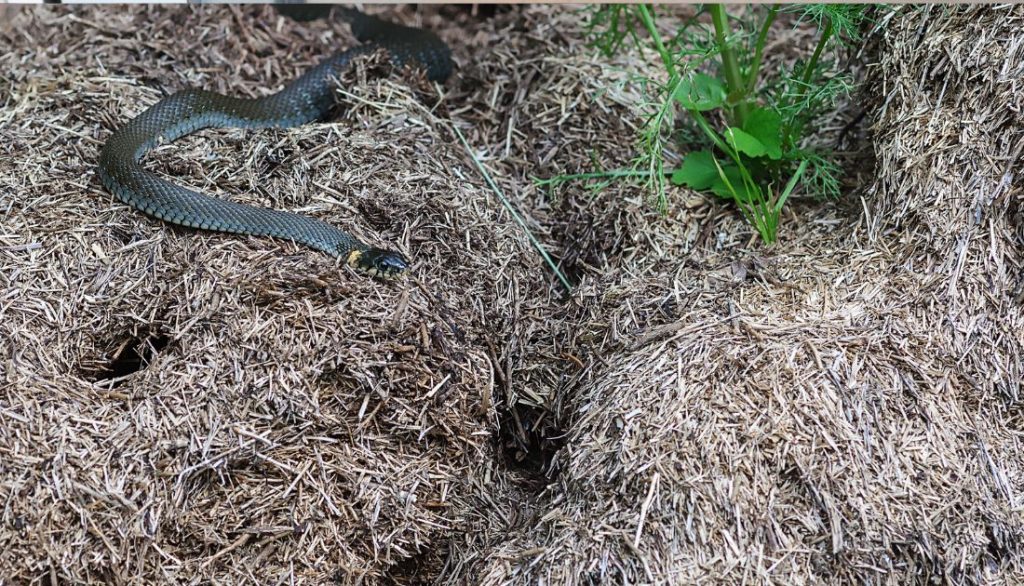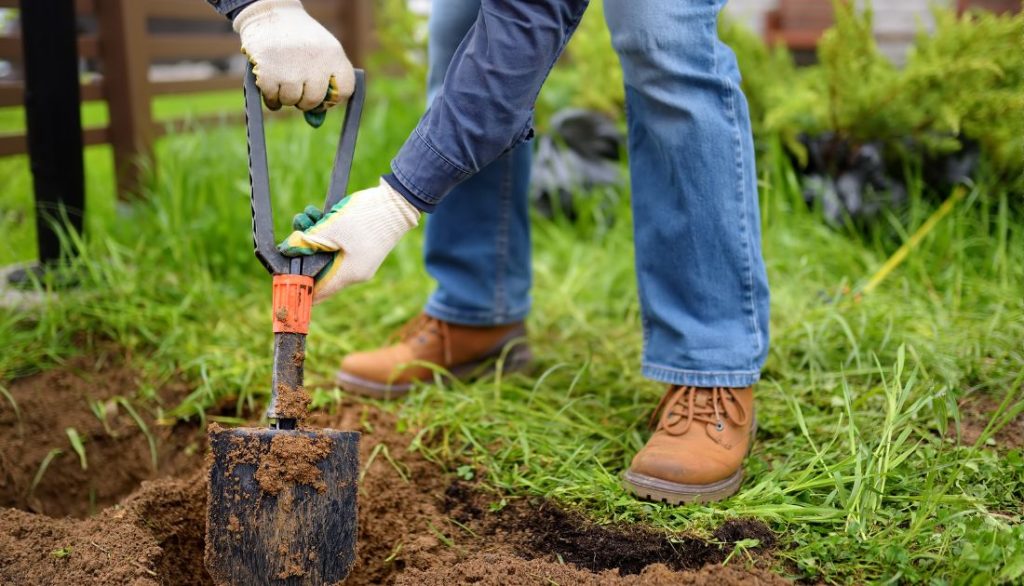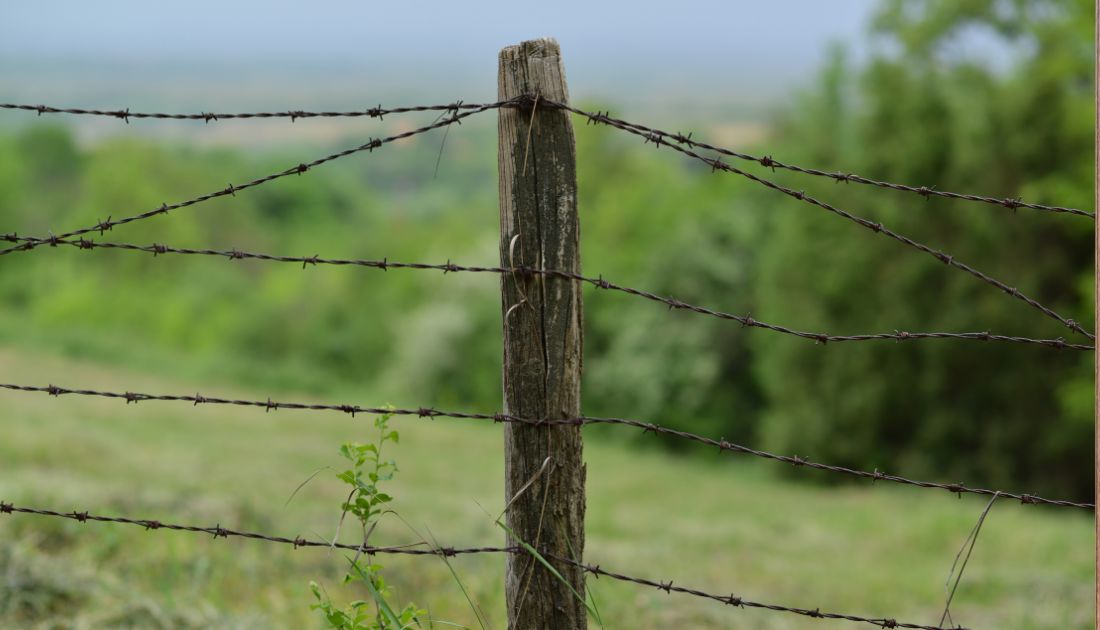Table of Contents
Have you ever wandered your yard only to stumble upon mysterious holes scattered across the ground? These snake holes, often appearing out of nowhere, can leave many homeowners puzzled and concerned. While it’s easy to conclude about potential dangers lurking beneath the surface, exploring the truth behind these enigmatic openings may offer a different perspective.
Contrary to popular belief, not all snake holes are home to dangerous or venomous reptiles. Many snakes are essential for controlling rodent populations and maintaining the ecological balance in your yard. Understanding their behavior and habitat preferences allows you to coexist with these creatures peacefully. Next time you spot a snake hole in your yard, take a moment to appreciate the fascinating wildlife that shares this space with you.
The Anatomy of a Snake: Understanding Their Burrowing Abilities
Flexible Bodies: Snakes have incredibly flexible bodies that allow them to navigate through tight spaces with ease. This flexibility is a key factor in their ability to burrow underground.
Lack of Limbs: Snakes lack limbs entirely, unlike other animals that use limbs for digging. Instead, they rely on powerful muscles and specialized scales to push through the soil.
Specialized Skulls: Snakes have specially adapted skulls that allow them to manipulate their jaws to aid in burrowing. These adaptations make it easier for snakes to create tunnels and holes beneath the surface.
By understanding snakes’ unique physical attributes, we can better understand how they dig holes in our yards and gardens efficiently.
What Does a Snake Hole Look Like?
Size: Snake holes are typically small in diameter, ranging from half an inch to two inches wide.
Shape: These openings are often circular or slightly oval-shaped, resembling miniature tunnels in the ground.
Location: Snake holes can be found in various areas of your yard, such as under rocks, logs, or vegetation.
Entrance: The entrance of a snake hole may appear smooth and well-defined, indicating frequent use by its inhabitants.
Presence of Tracks: Look for tracks leading to and from the hole, which could indicate recent snake activity.

Types of Snakes Known for Burrowing
Eastern Hognose Snake: This snake is known for its distinctive upturned snout, which it uses to dig burrows in sandy soil. It often creates shallow tunnels to hide during the day and hunt for small prey like frogs and insects.
Western Diamondback Rattlesnake: Although this species primarily prefers rocky habitats, it has been known to burrow under logs or loose soil to seek shelter from extreme weather conditions.
Texas Brown Snake: These snakes are expert burrowers, using their slender bodies to navigate through loose soil easily. They create intricate tunnel systems where they can rest and lay their eggs safely away from predators.
Signs of Snake Activity in Your Yard
Shedded Skin: Finding shed snake skin in your yard indicates snake presence. Snakes shed their skin as they grow, leaving behind a discarded outer layer.
Tracks and Trails: Look for long, winding trails on the ground or through vegetation. These tracks may indicate where snakes have been moving around.
Burrows: Snake holes are another sign to watch for. These caves can be found in sandy or soft soil areas, serving as shelters for snakes to hide and seek refuge from predators.
Potential Dangers of Snake Holes in Your Yard
Safety Risks: Snake holes in your yard can pose a safety risk to you, your family, and your pets. Snakes may use these holes as shelter or breeding grounds, increasing the chances of encountering them unexpectedly.
Venomous Snakes: Some snake species found in yards, such as rattlesnakes or copperheads, are venomous, and their bites can be dangerous or even deadly.
Property Damage: Snake holes can also damage property if left unchecked. They may undermine structures like walkways or retaining walls, causing potential hazards and costly repairs.

How to Safely Remove Snakes from Your Property
Identify the Snake: Before attempting to remove a snake, it’s important to identify the species. This will help determine if the snake is venomous or non-venomous.
Keep Your Distance: Maintain a safe distance from the snake and avoid sudden movements that could startle it.
Call a Professional: If you are uncertain about how to handle snakes safely, it’s best to call a professional wildlife removal service for assistance.
Use Caution with DIY Methods: Avoid using harmful chemicals or traps that can harm wildlife or pets on your property.
Prevent Future Encounters: To prevent snakes from returning, try removing food sources such as rodents and keeping your yard well-maintained to eliminate hiding spots for snakes.
Snake Hole vs. Rodent Hole
Snake holes and rodent holes may look similar at first glance, but there are key differences that distinguish them.
- Appearance:
- Snake holes tend to be more rounded with smooth edges, while rodent holes are often smaller in diameter and have mounds of dirt around the entrance.
- Location:
- Snakes prefer secluded areas such as under bushes or in tall grass, while rodents are more likely to burrow near food sources like bird feeders or compost bins.
- Activity:
- Snakes will enter their hole headfirst, leaving a clear trail in the dirt, whereas rodents may come and go in different directions.
The Importance of Coexisting with Snakes in the Ecosystem
Snakes play a crucial role in maintaining the balance of ecosystems by controlling rodent populations. By preying on rodents, snakes help prevent crop damage and reduce the spread of diseases these pests carry. Additionally, snakes serve as prey for other animals higher up in the food chain, contributing to a complex web of interdependence within ecosystems.
Understanding and respecting snakes’ role in nature is essential for promoting biodiversity and ensuring healthy ecosystems. Instead of fearing them, it is important to coexist with snakes and appreciate their contribution to our environment. Making informed decisions about snake encounters can lead to peaceful cohabitation and a greater appreciation for these fascinating creatures.
